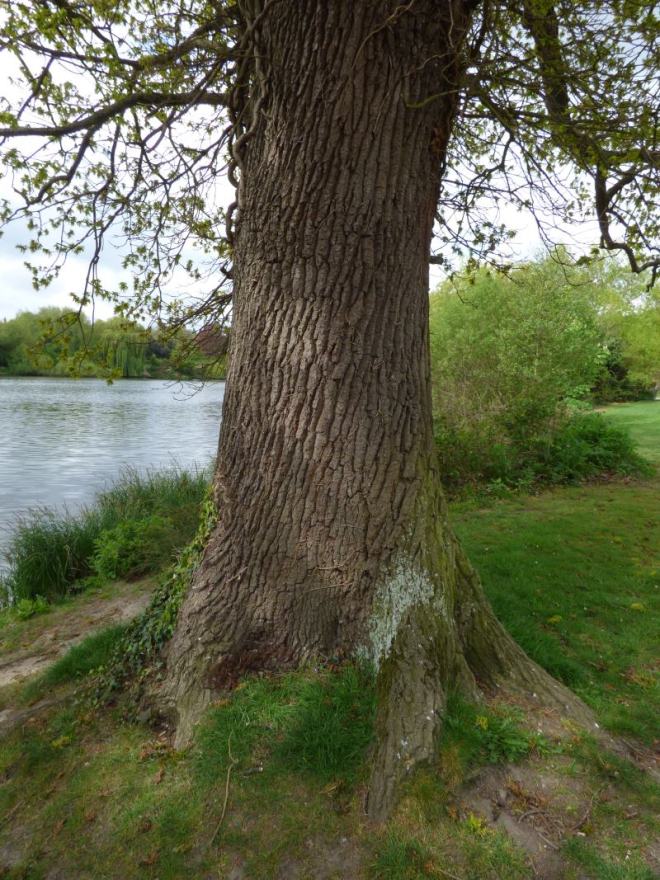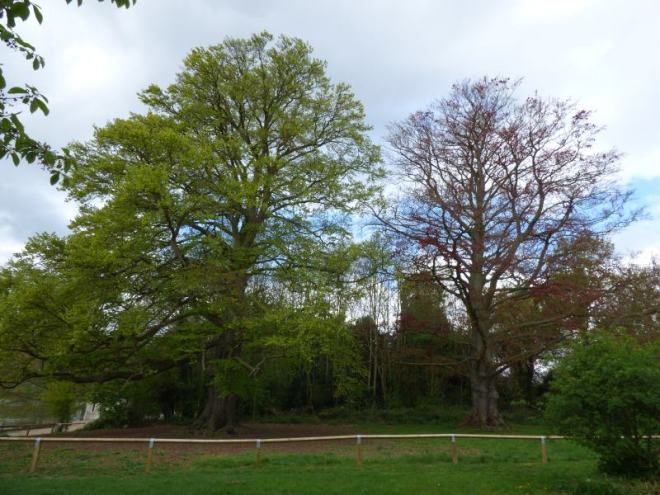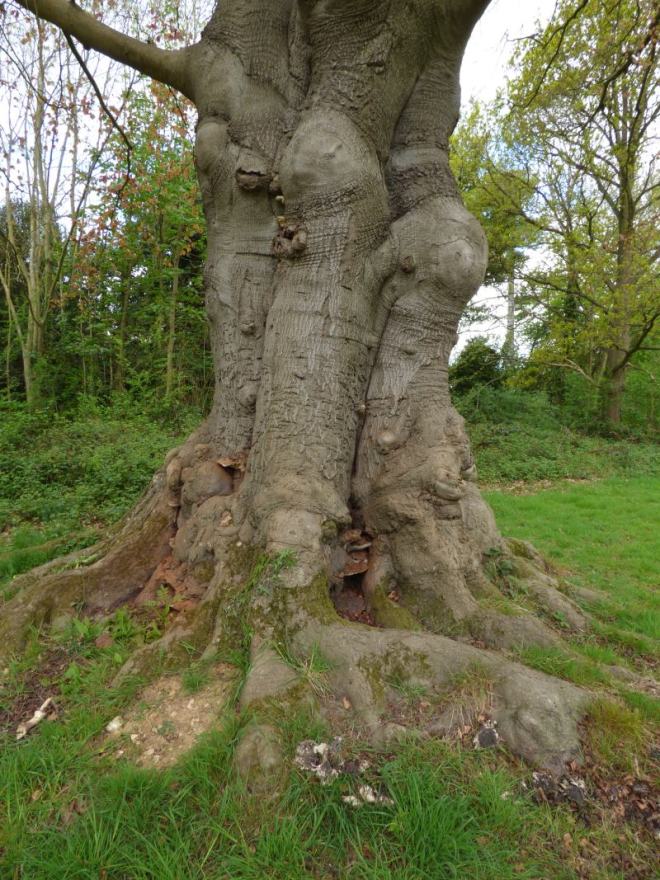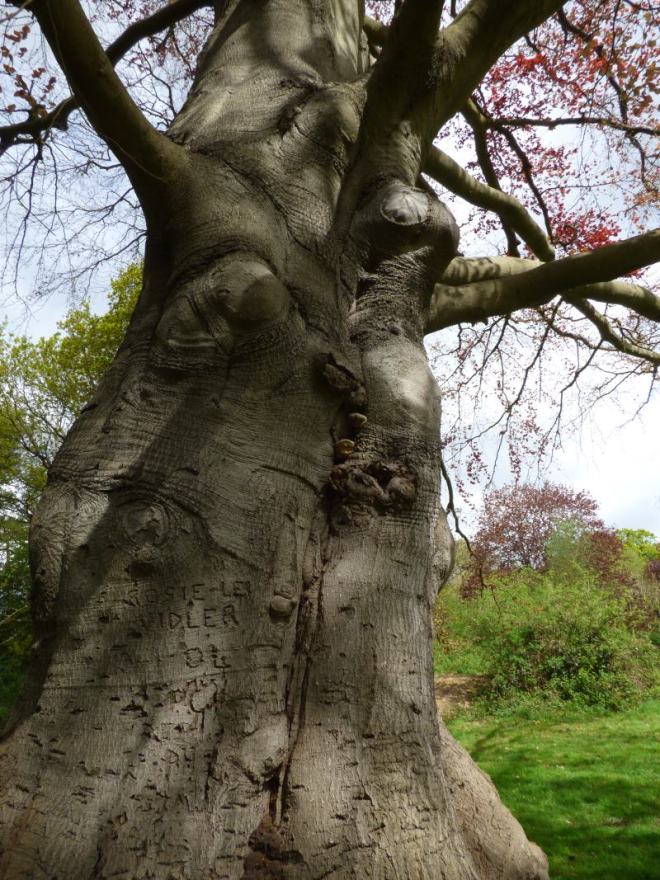I have been absurdly busy so haven’t been blessed with the time to get some blogging in, though I have been graced with thirty minutes of time this evening so without any further utterings we’ll delve right into the good stuff – trees and fungi (in my usual frenetic and incoherent manner). Plus, listening to some early Hawkwind has really got me in the mood to do something useful!
The cases are all from an absolutely splendid park down in Maidstone – Mote Park. Honestly, if you live anywhere near there, do pay it a visit and explore as much as you can (it’s massive!). The sheer abundance of mature and veteran trees provides for a magnificent display of fungi and, so I am told, there is a need to record the saproxylic insects on site on the many monoliths and moribund trees.
To kick this post off, I take you to a very interesting case of Pseudoinonotus dryadeus on oak – three of them, all of which are within 8-10m of one another and share a crown. All fruitings of the fungus are historic though its presence on all three trees makes for some tempting considerations – namely, the synchronicity of fruiting (are they similar genotypes?) and the means of colonisation (spore or something else?). Indeed, I can only infer some sort of fungal mysticism or sorcery in positing both aspects for consideration (there is no proof of either, per se), though it did make me think. Perhaps it will make you readers think as well! (!?)








And then…and then…more Pseudoinonotus dryadeus – literally 100 yards down the same path. Oh how Mote Park delivers! This example also really does demonstrate the magnificent buttressing induced by its decay on oak, as you’ll see.





Would you then believe it? Essentially opposite (no joke) were two colossal beech trees fenced-off (as if that ever stopped me??!) that, as anyone who has seen mature or veteran beech buttressing all over the place like egg whites pour out of a broken egg when broken too aggressively (nice analogy? – likely not), drew me in. Was I disappointed? Not at all! Ganoderma australe and Meripilus giganteus all over the option.












To finish up, because I’m getting tired and I am up early tomorrow, here’s something to sit on whilst you ponder the plethora of ultimate questions spewed forth from my mind with little restraint – a dryad saddle. The host? Not sure – lots of ash about though one can never rule out sycamore (unless you’re in the middle of a Douglas fir plantation?). These had actually already over-matured, which means you can see dryad saddle (i.e Cerioporus squamosus – named, prior to that, Polyporus squamosus) out there if you look!




